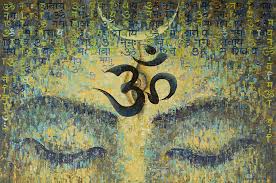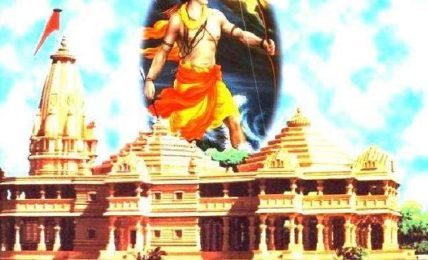Rani Durgavati: A Warrior queen of Gondwana
Rani Durgavati took control over the Gondwana Kingdom after the death of King Dalpat Shah. As a queen, she fought 51 gallant wars against many invaders including Mughals. Rani Durgavati showed enormous courage, self-belief, and heroism in her battles and treated her people fairly.







